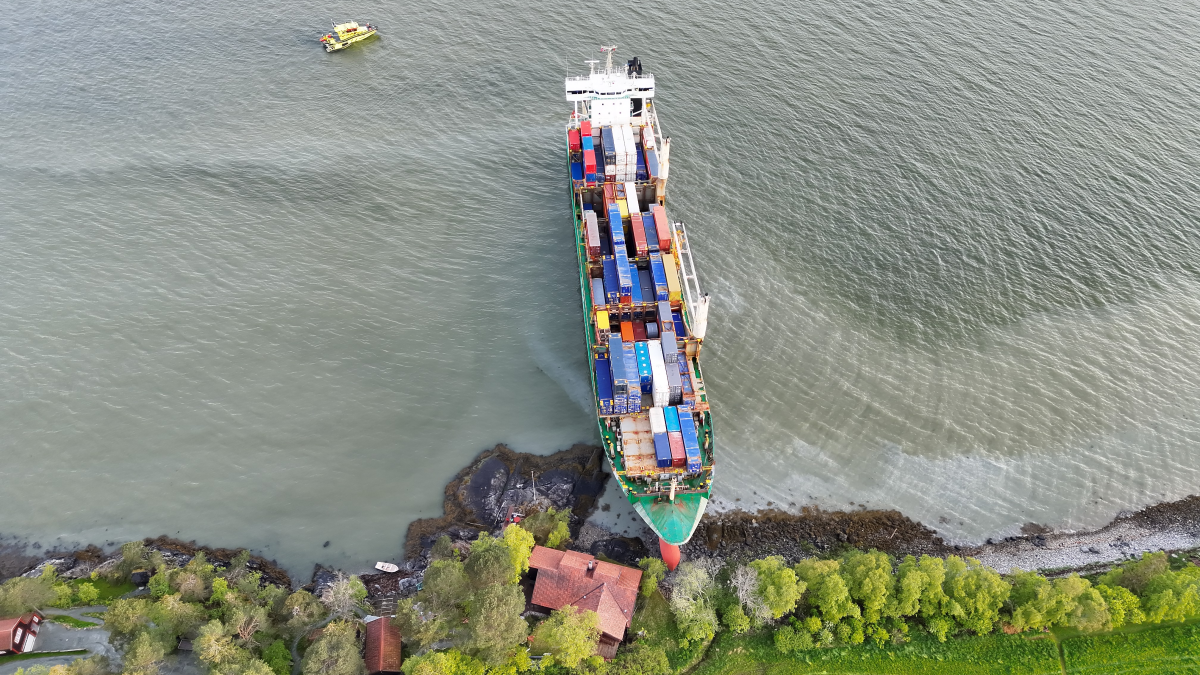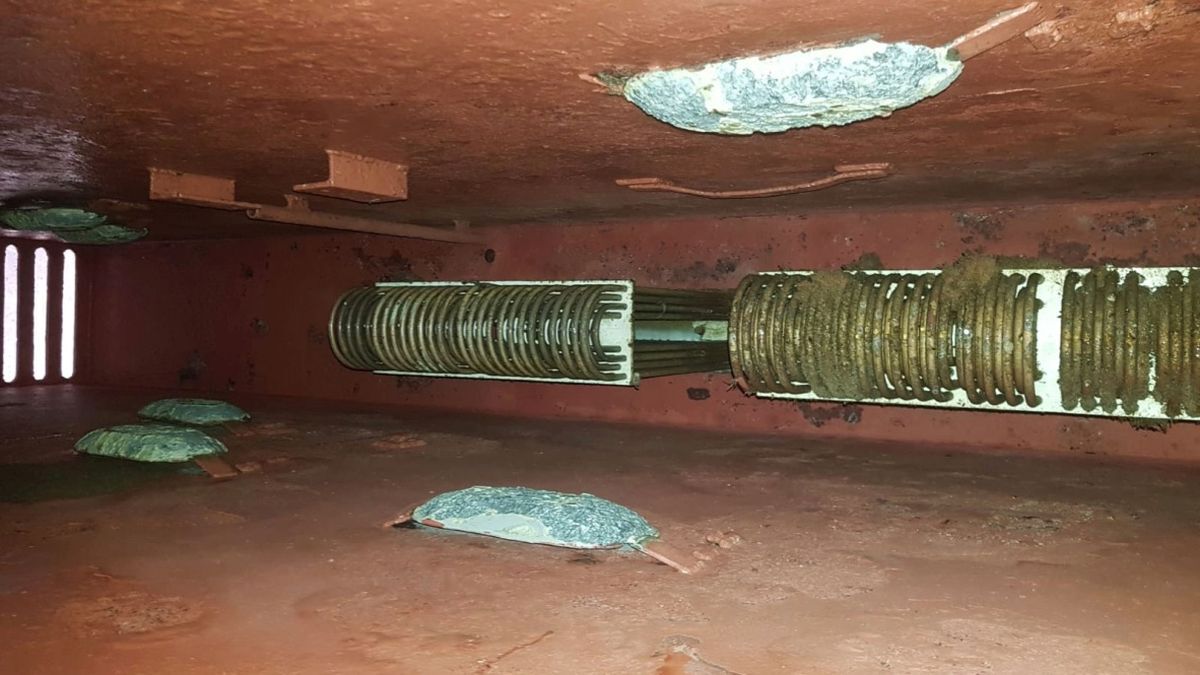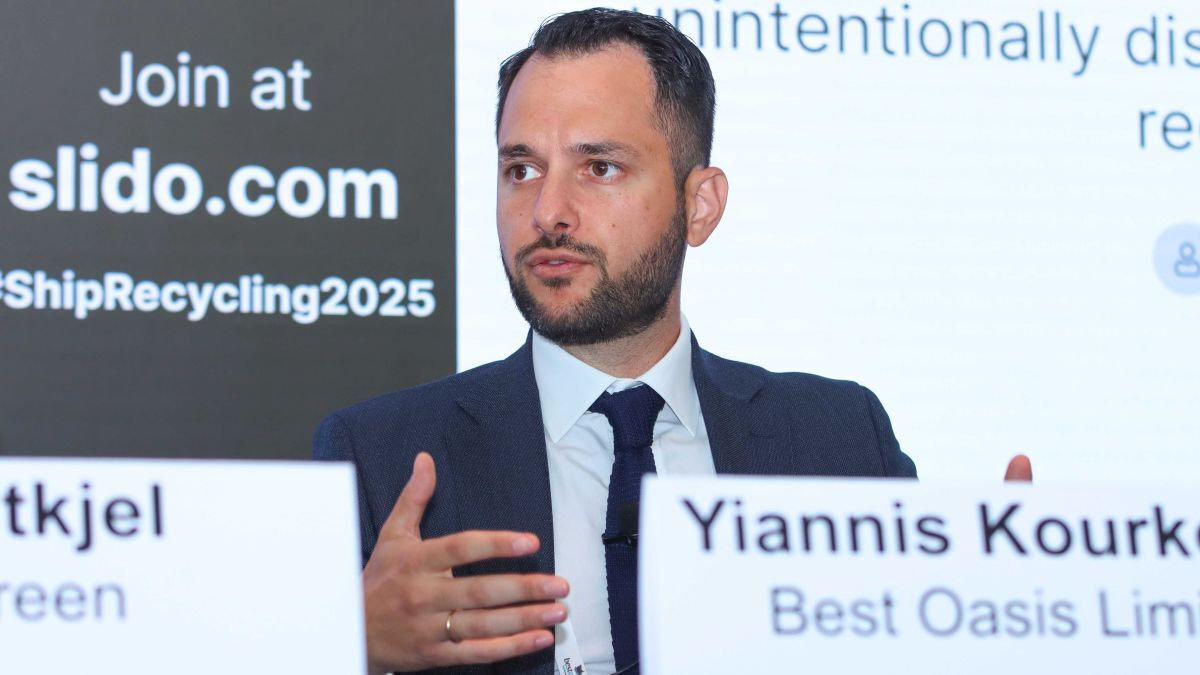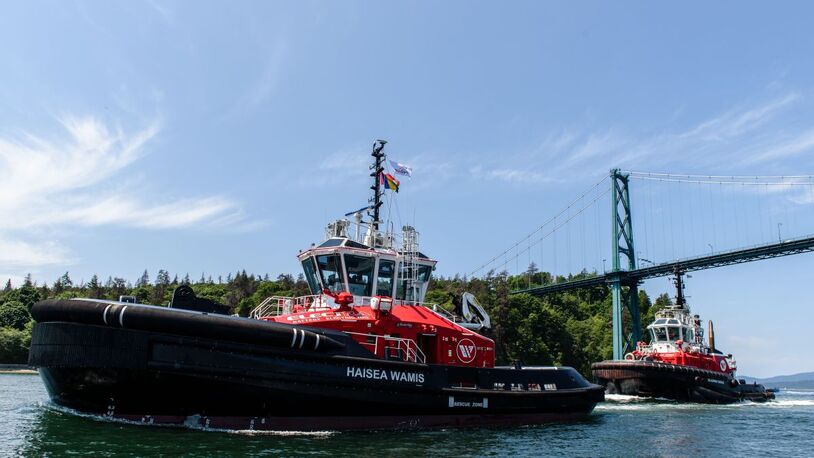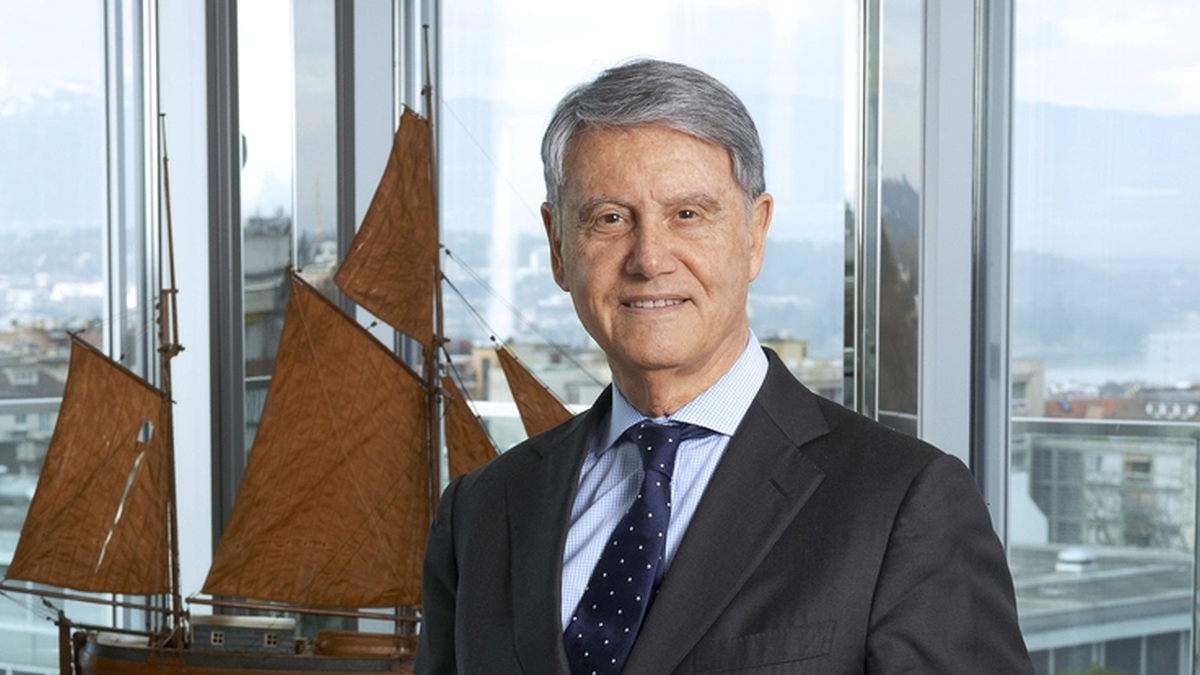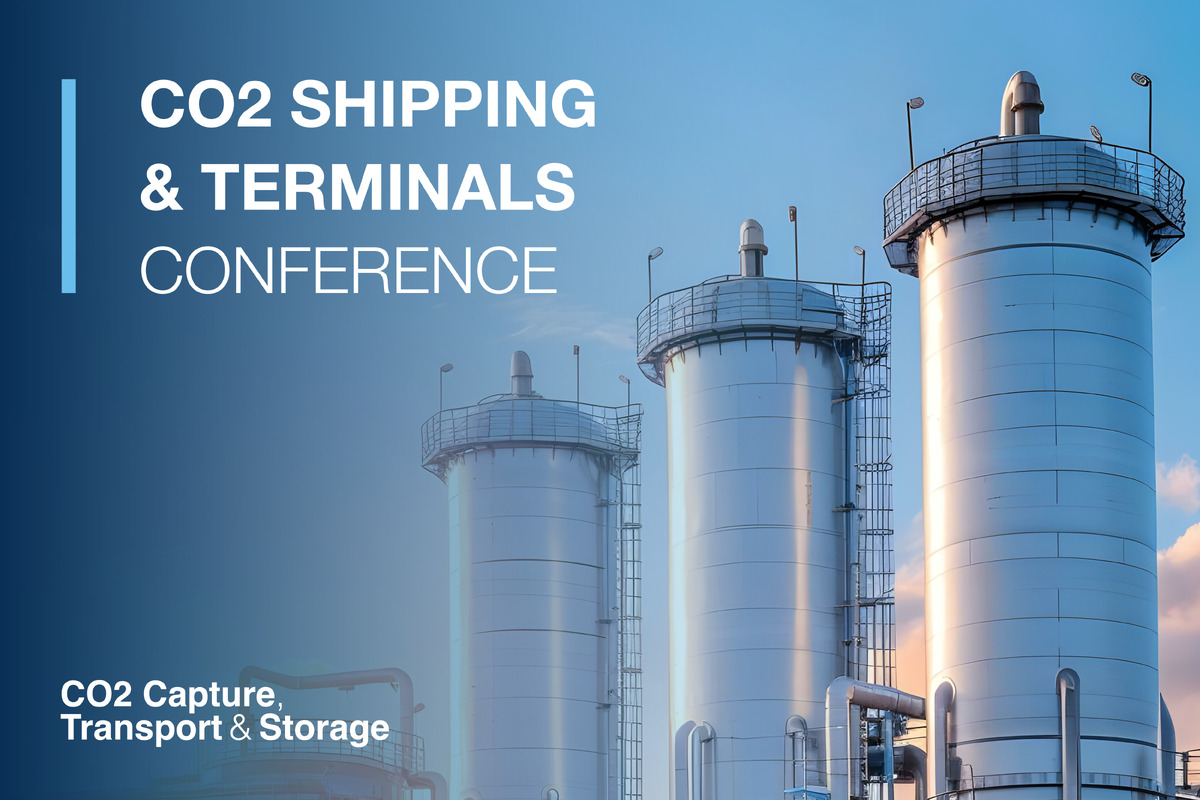Business Sectors
Contents
Wärtsilä Ship Design plans Crowley Marine’s two LNG-powered conro ships
Wärtsilä Ship Design has scooped the engineering contract for the basic and production design of US-headquartered Crowley Marine’s two LNG-powered conro ships, which are currently under construction at VT Halter Marine’s shipyard in Pascagoula, USA. The two vessels, called El Coquí and Taíno, will each have a capacity of 2,400 teu and space for nearly 400 vehicles. They will cover the trade between the US mainland and Puerto Rico.
Wärtsilä Ship Design was tasked with making the hullform as efficient as possible, in order to suit the required operational profile. It also had to take into account restrictions related to the vessels’ dimensions, explains Dmitriy Sonechko, general manager of project development and naval architecture at Wärtsilä Ship Design. The ships will be 219.5m long, 32.3m wide (beam), and have a draught of 10m and an approximate deadweight capacity of 26,500 tonnes. “There was not much space to manoeuvre and we needed to get the maximum out of these dimensions,” explains Mr Sonechko.
In contrast to the current trend for slow steaming, the vessels are intended to operate on the line routes at a service speed of 21 knots. Wärtsilä Ship Design needed to optimise the hull to match this speed.
Mr Sonechko tells Container Shipping & Trade: “To make these vessels as efficient as possible, we needed to have a clear understanding of the required operational profile with a definition of the draught and speed range within which the vessels will be operating. Nowadays a clear understanding of these parameters is very important. The market is pushing owners to look at the overall performance of the vessel, not just performance on a single draught. To make the hull shape perform as efficiently as possible, we really needed to look into the combination of minimum resistance and maximum propulsion efficiency for all operational conditions.”
The challenge was to find the balance between superior calm water performance and the seakeeping behaviour of the vessel.
He says that Wärtsilä Ship Design worked closely with the Wärtsilä propulsion business line to develop the most efficient propeller design. Mr Sonechko says that the most suitable propulsion solution has been found as a combination of propeller, rudder with twisted leading edge and a bulb mounted on the rudder. The whole solution is known as Energopac and is the joint project of Wärtsilä and Becker Marine Systems. The optimum hullform will lead to 3–5 per cent in fuel savings, while deploying the special rudder with a bulb on it will lead to an additional 2 per cent.
Another factor to be taken into consideration when designing the hull was the position of the LNG tanks. “We checked a few configurations to see where it was beneficial to put the tanks. In this case we are positioning them in the lower hull. We had to take into account the space needed for the LNG tanks and the right location for them,” says Mr Sonechko. CST
Related to this Story
Events
Reefer container market outlook: Trade disruption, demand shifts & the role of technology
Asia Maritime & Offshore Webinar Week 2025
Marine Lubricants Webinar Week 2025
CO2 Shipping & Terminals Conference 2025
© 2024 Riviera Maritime Media Ltd.


